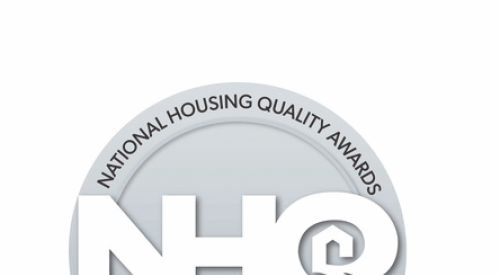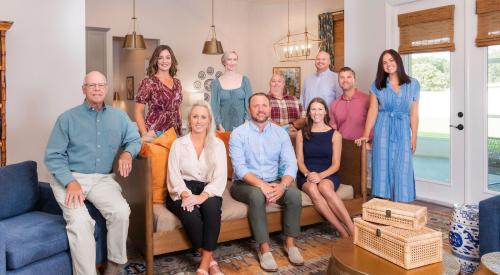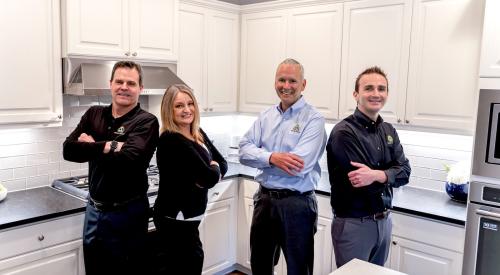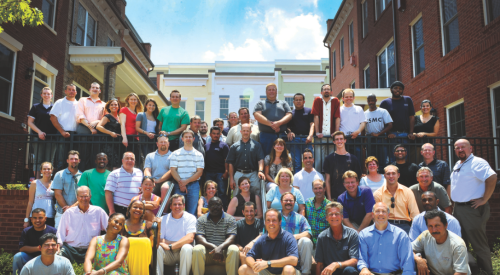At Sunrise Colony Co., we were proud to win the National Housing Quality Award last year. It validated a lot of the efforts we had made in our organization and re-energized us to continue our efforts.
But it wasn’t too long ago that we were where a lot of you are. We had been to all the seminars, attended numerous conferences, read books on quality and joined any association that might know something about the subject. We bought a new bookcase for the growing number of volumes purchased on quality management and related subjects. We rubbed elbows with the winners of the NHQA at the Benchmark conference (several times), yet we still didn’t quite understand how to start a quality program in a home building operation.
If you’re in the same place, rest easy, you’re not alone. Krish Dubey, a student at the University of Hawaii, is writing his doctoral thesis on quality in construction. He has yet to locate one significant academic piece on the subject.
So what is the answer? Let me tell you what we did, in the hope it will encourage your efforts.
Birds of a Feather
We started out looking to other industries further along in the quality development process than home building. In the course of this exploration, we discovered the American Society for Quality (ASQ), an organization dedicated solely to quality practices. It has members and divisions from every industry you could think of -- except construction. After numerous phone calls to ASQ (and joining the association), I was directed to a group of managers from Fluor Daniels, Brown & Root and other large contractors. Together we formed the Architectural Engineering and Construction Division of ASQ. We organized a conference in San Diego and attracted more than 500 attendees -- government officials, Navy admirals and the largest construction firms in the world. Only Scott Sedam and I were in attendance from the home building industry.
The information gleaned from these activities was terrific, but we still lacked that basic, step-by-step instruction manual.
Next on the horizon was the annual International Congress on Quality, where the winners of the Malcomb Baldrige Awards were presented each year. There, surely, would be the key to quality, the one place where enlightenment was to be found. Hundreds of seminars with titles such as "Calibration of Micro Processing Chips" and "Measurement in the New Millennium" were offered. Thousands of exhibitors were ready to tell us how to become IS0 9000-certified, how to achieve and attain six sigma quality certification for quality leaders, managers, technicians and contractors. (General Electric is fanatical about this. Ask someone you know in GE about it.) We looked at software to measure everything under the sun, yet no one offered something as basic -- and important -- as an instruction manual.
In short, going to the mountain didn’t offer the enlightenment we expected. However, our vision was becoming clearer as several themes permeated everything that was presented or discussed:
- Measurement
- Leadership
- Relationship
- Longevity
- Trust
- Profitability
- Service to community
- Customer focus
- Systems
Making It Personal
So here we were again with a lot of nice thoughts, good words and no action plan. Not deterred, we gathered all of our managers -- one from each department -- in a room for two days. We asked each department head to document how his or her business unit operates.
On the wall of the meeting room were large pieces of paper labeled with the seven categories on the National Housing Quality Award application:
- Vision
- Competitive strategy
- Customer satisfaction
- Performance management
- Construction quality
- Supplier partnerships
- Human resources
As each manager presented information on his or her department, we wrote down what we "do" under the most appropriate category on the wall. We were astounded to see how much we already did. Equally surprising -- and happily so -- was the number of "we should" ideas offered. We started a new list for those.
|
|||||||||||||||||||||||
After admiring all that we had on the "do" list, we asked the group how many of those things were documented -- in writing, in a graph or in a process chart. "Not many," was the answer. Seeing where we needed work, we set out to identify those processes ("dos") that had the biggest impact to our customer. At the end of the two days, each department manager walked away with a "do" document.
This is where the heavy lifting really began. To fulfill this task, each manager created process-mapping teams of no fewer than four members but no more than 12. A trained facilitator introduced each team to the basics of process mapping -- improvement techniques, measurement systems and facilitation -- and gave it four weeks to complete the work. Teams met in the early morning, at lunchtime or in the afternoon. Everyone put in extra effort and extra time.
When the time period expired, our core team came together again, and each process-mapping group presented its results. Were they amazing! During the process-mapping sessions, not only did the processes get evaluated, they improved substantially. Each improvement team identified gaps that had been missing in the current processes -- sometimes for years. Some of the holes were so ridiculous we laughed -- until we realized how costly they were.
The second round of process mapping, those "dos" that didn’t affect the customer as significantly, went more quickly, and the results were just as enlightening. We stayed with the task through the many months and ended up right where we hoped we would be -- at process improvement! It was time for a reward!
At this point we took the leap and completed the NHQ application. Winning wasn’t the goal (but it’s nice), improvement was. The application process and the feedback received from the NHQA judges proved to be great learning tools.
Making Progress
Next, we resurrected that side list of new improvements or suggestions made at the first core team meeting. We divided the issues among our process improvement teams and began moving on to new and creative ideas. We mixed up the team participants for variety and excitement.
We didn’t rely only on our own learning throughout this process. Many of our suppliers had significantly more experience in the quality movement than we did, and those asked to help were more than willing to do so. This experience also helped us to better understand our suppliers and how they achieve quality, and many were willing to help us better the overall quality of our product and supplier systems.
One thing we debated for a while: Do we hire a consultant or a quality vice president? We did, and both helped us decrease our learning curve. I offer one warning here: Be certain the "Quality Guy" doesn’t end up with the monkey on his back. To achieve quality in our company, his only purpose was to equip, facilitate and train others. Everyone in the company must be responsible for quality.
One more bit of advice: Find a mentor. I learned a lot about our industry, our company and myself though this process. My mentors -- Rick Peters from Fieldstone Co., Scott Sedam from TrueNorth Development and Dan Maltby -- helped shaped my view of the world and our industry significantly, and taught me that we can’t survive in a vacuum.
Perhaps you, too, will soon complete the NHQ application and begin the journey.












